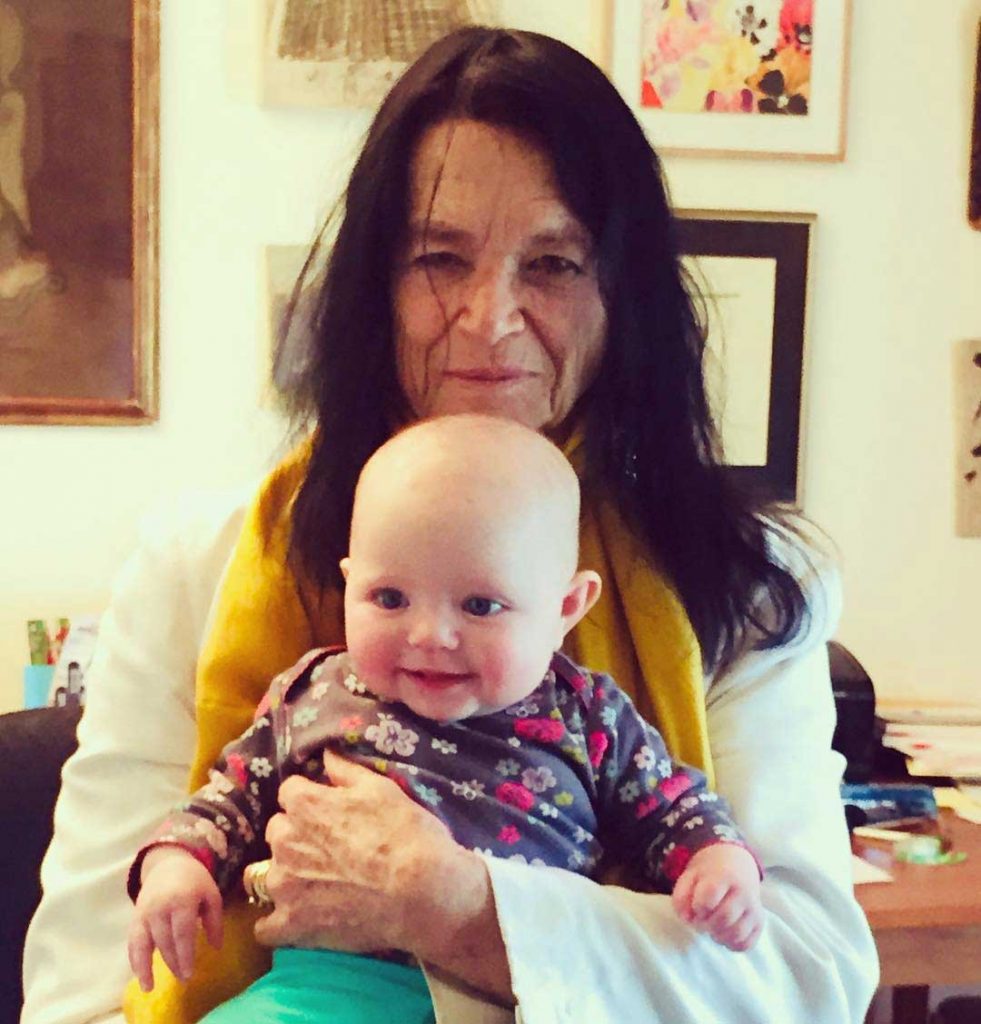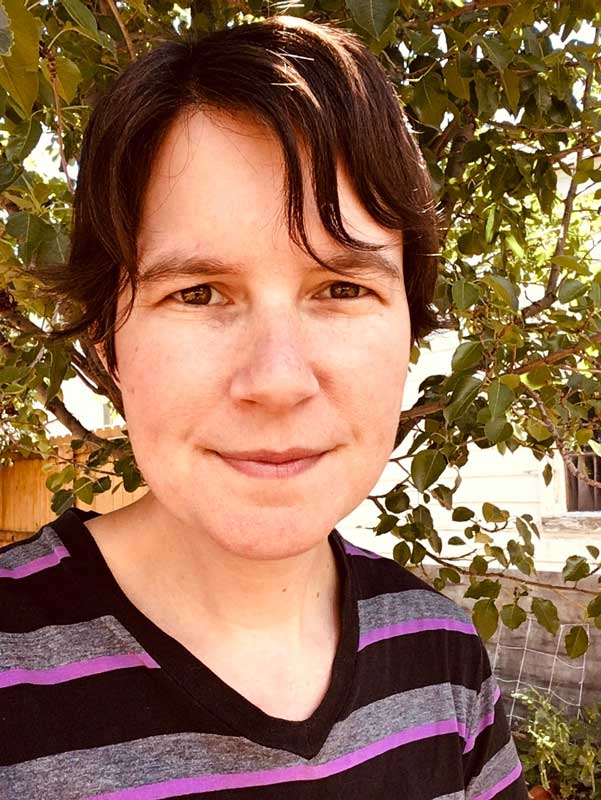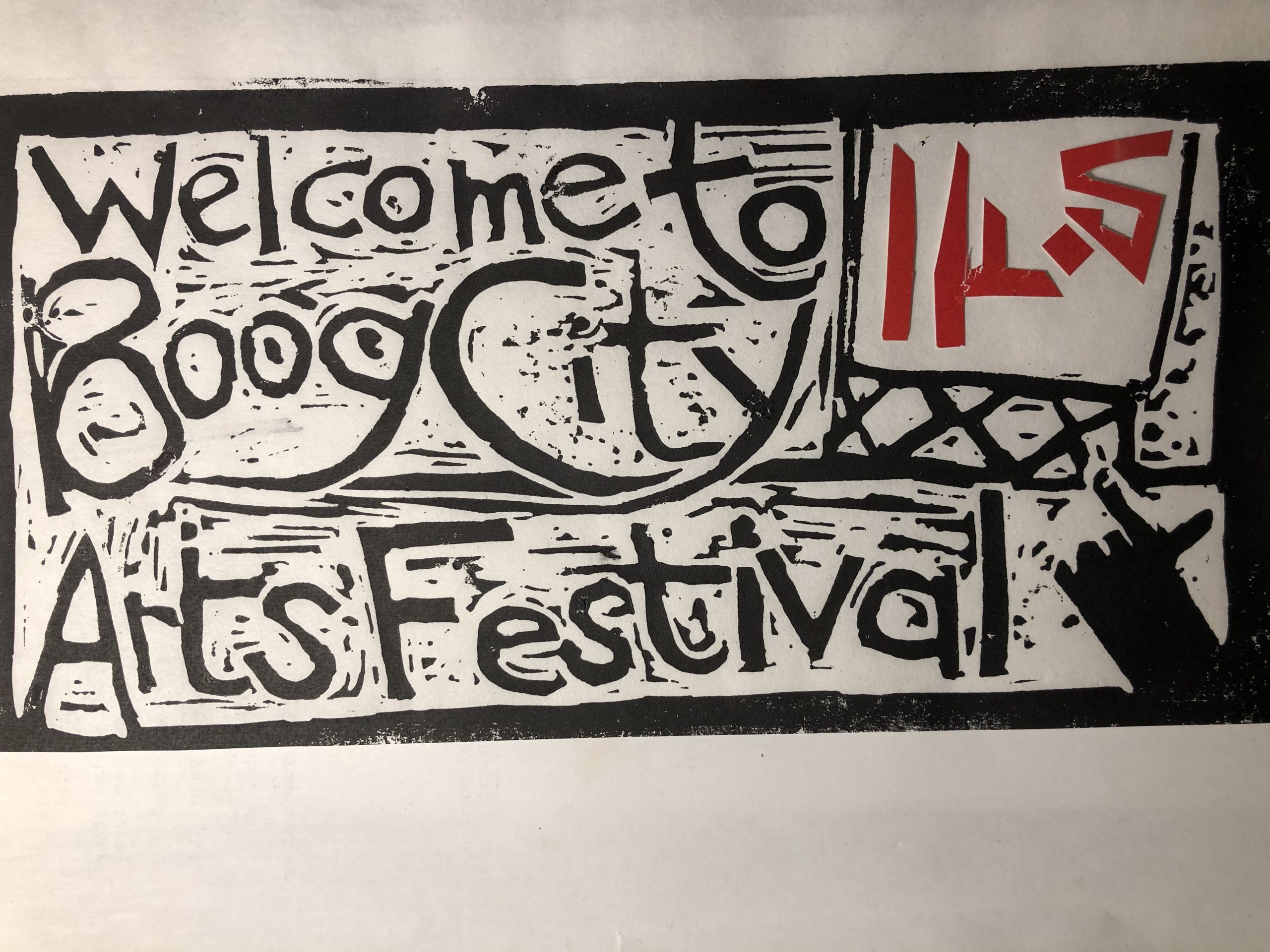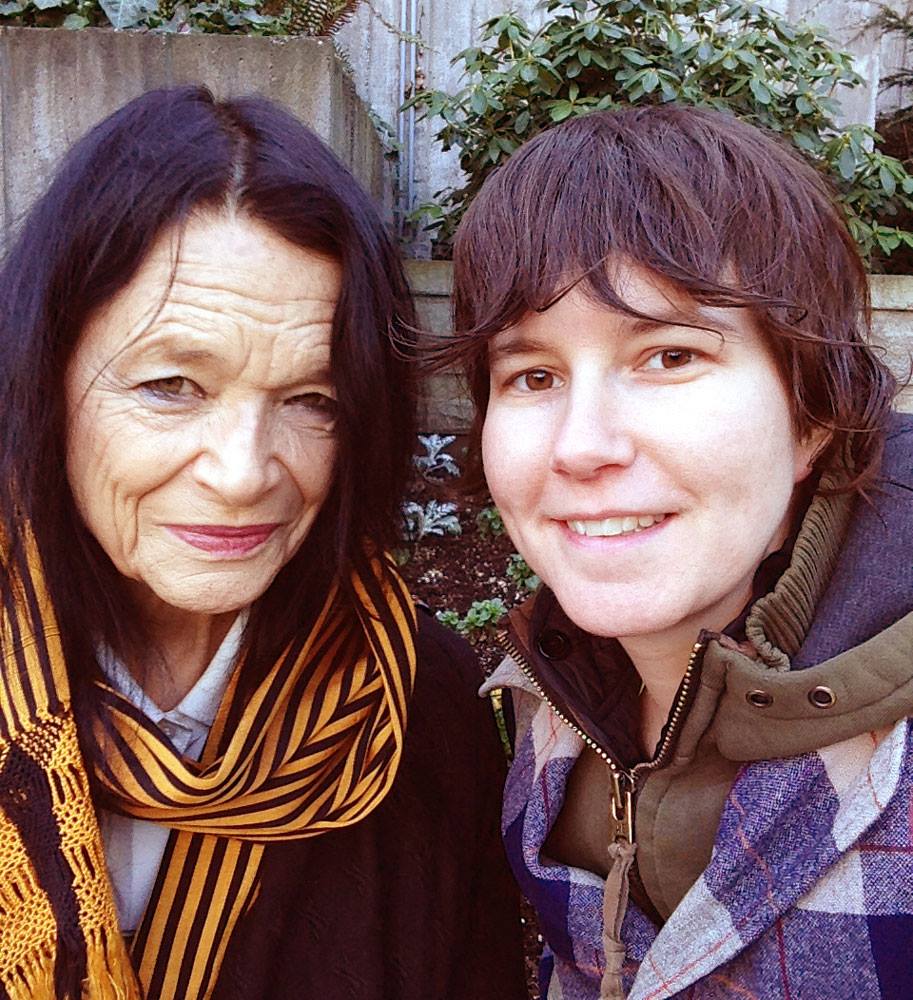by HR Hegnauer
I first met Anne Waldman in 2005 during my first week at Naropa when I was 21 years old. I was in the print shop learning how to set a poem in metal type, fingers grubby. I remember I was wearing a red t-shirt from my favorite band in high school. There was a small group of us—maybe seven students—and our instructor, Julia Seko, who is a marvelous printer.
When Anne walked into the little shop, students eagerly went up to her, but I held back, watching her grace the room in her signature scarves. I picked up more dirty bits of type and set them in my tray, trying to arrange them upside-down and backwards. Anne walked up to me and held out her hand, “Hi, I’m Anne.” I about froze in the warm evening shop, hardly knowing how to shake her hand.
A genuine curiosity excites Anne to meet and collaborate and uplift young poets, not to mention artists and musicians of all stripes.
Anne Waldman is one of the most generous people I’ve ever met. With over 50 books and countless other collaborations, chapbooks, albums, movies, and a worldwide reputation, a less embodied poet might forget that we’re all still human. But this is not Anne.
A genuine curiosity excites Anne to meet and collaborate and uplift young poets, not to mention artists and musicians of all stripes. I am always humbled in her presence, eager to co-exist and create with her, and keen to receive her teachings, however they present themselves.

Anne always talks about our interconnectedness, our symbiosis as a species. How one person’s actions ripple through the shared conscience of all beings. How the times, regardless of how dire or daunting, always require our collective responsibility to imagine and create. Again and again, we must always imagine, reimagine, create, and then create again. There is no point in time where we have done this enough and the job is complete. The task at hand is always to create. Indeed, the very root of poetry—poesis—is to make, to form, to create.
A great teacher teaches by doing, by embodying what they teach. I’ve always admired this in Anne. To watch her inquiring mind at work is a treasure I hold dearly. I once asked Anne, “What are the limits of the body?” and she responded by saying that it was “limitless.” And then continued, “As long as my consciousness is awake, my body is right there.”
Anne would often ask us students how we are contemporary with our times? This question would always trip me up. Isn’t being here now the same thing as being contemporary? And that’s the point. Being here now—being contemporary—is the hard part. Seeing the suffering and the injustice, and then doing the work. Anne does this work every day.
This world should thank Anne Waldman every day. But this world doesn’t often thank its poets or teachers, even its greatest ones. Perhaps in one small gesture though, in one small ripple outwards through all the pandemics of our time, we can extend our collective appreciation via all the ways we imagine a brighter ethos, and then we must enact this brightness.
Anne Waldman, we bow to you.

HR Hegnauer (https://www.hrhegnauer.com) is the author of When the Bird is Not a Human and Sir. She is a book designer specializing in working with independent publishers as well as individual artists and writers. She received an M.F.A. in Writing & Poetics from Naropa University, and an M.B.A. in Business from the University of Denver.


